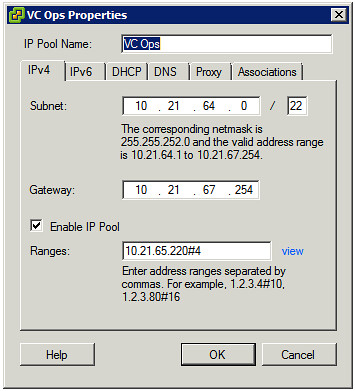A couple of weeks back the VC Ops team approached me and asked if I wanted to help out judging for contest submissions. When they explained what it was exactly about I accepted and I figured I would share with you what will be announced later today! VMware.com/go/vcops-story just went live and some more details can be found there, in short what they will be looking for is cool use case stories around VC Ops. This could be any product of the VC Ops suite, or even better a combination of products. The cool thing is that the are two first prizes and each of those gets a free ticket to VMworld and gets to speak at the eventduring a session! (One will be for Barcelona and the other for San Francisco) Second price is “$500 Amex Gift Card / Bag of VMware Swag”.
If you are a VC Ops customer and have a great story to tell and don’t mind winning a free ticket and speaking at an event like VMworld I highly suggest you go for it! I have been told that during the VMTN Podcast on Wednesday May 23 @ 12PM PST more details will be shared so make sure to tune in!
Now head over to VMware.com/go/vcops-story and start winning!


